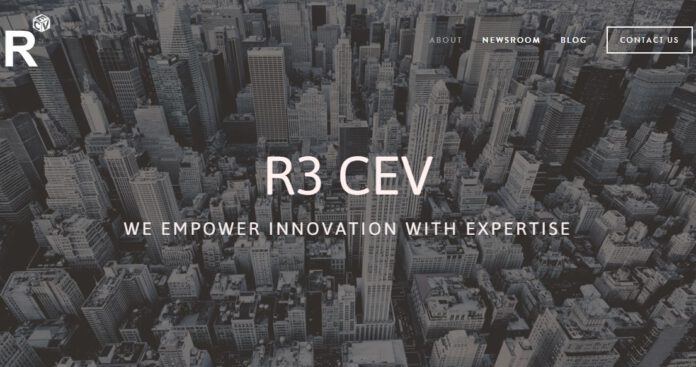In a recent blog post, Richard Brown, the CTO of banking blockchain consortium R3, has announced that in order to see a successful, large scale blockchain technology for the global financial sector it will require architecture that is designed from scratch.
With Blythe Masters, who is one of the most powerful figures on Wall Street operating in the financial technology space building her own solution after acquiring probably the most successful ledger for banks to use – Hyperledger – building a system. And the open source consortium which includes number of tech giants and leading banks including IBM, Intel, Cisco, JP Morgan, London Stock Exchange Group, and State Street buiding a blockchain project they are calling the ‘Open Ledger Project’, overseen by Linux Foundation… it’s getting crowded.
Brown elucidates:
I believe successful, transformational, large-scale deployments of shared ledger technologies in finance depend on the adoption of an architecture that is designed from the ground up to address the functional and non-functional requirements of banks. And the non-functional requirements are really, really, exacting.
It’s why I hired James Carlyle, Mike Hearn and Ian Grigg to start building out our technical leadership team: I might be CTO but I’m not remotely clever or experienced enough even to begin to figure out the answers to these questions.
At core, he believes that this is all about moving from firm-level systems to industry-level systems.
Today, each bank has its own ledgers, which record that firm’s view of its agreements and positions with respect to its customer set and its counterparts – and its counterparts, in turn, maintain their views. This duplication, whilst robust, is expensive and can lead to inconsistencies, and it drives a need for costly matching, reconciliation and fixing of errors by and among the various parties to a transaction. To the extent that differences remain between two firms’ views of the same transaction, this is also a source of risk, some of it potentially systemic.
The maturation of cryptographic techniques, exemplified in part by “blockchain technology”, provides a new opportunity: the possibility of authoritative systems of record that are securely shared between firms. This provides the opportunity to implement new shared platforms for the recording of financial events and processing of business logic: one where a single global logical ledger is authoritative for agreements between firms recorded on it, even though the relationships and obligations recorded remain between those firms.
3 has signed up 42 global banks to develop this global ledger technology standard. The banks involved in the R3’s consortium include Banco Santander, Bank of America, Barclays, BBVA, BMO Financial Group, BNP Paribas, BNY Mellon, CIBC, Commonwealth Bank of Australia, Citi, Commerzbank, Credit Suisse, Danske Bank, Deutsche Bank, J.P. Morgan, Goldman Sachs, HSBC, ING Bank, Intesa Sanpaolo, Macquarie Bank, Mitsubishi UFJ Financial Group, Mizuho Financial Group, Morgan Stanley, National Australia Bank, Natixis, Nomura, Nordea, Northern Trust, OP Financial Group, Scotiabank, State Street, Sumitomo Mitsui Banking Corporation, Royal Bank of Canada, Royal Bank of Scotland, SEB, Societe Generale, Toronto-Dominion Bank, UBS, UniCredit, U.S. Bancorp, Wells Fargo and Westpac Banking Corporation.



